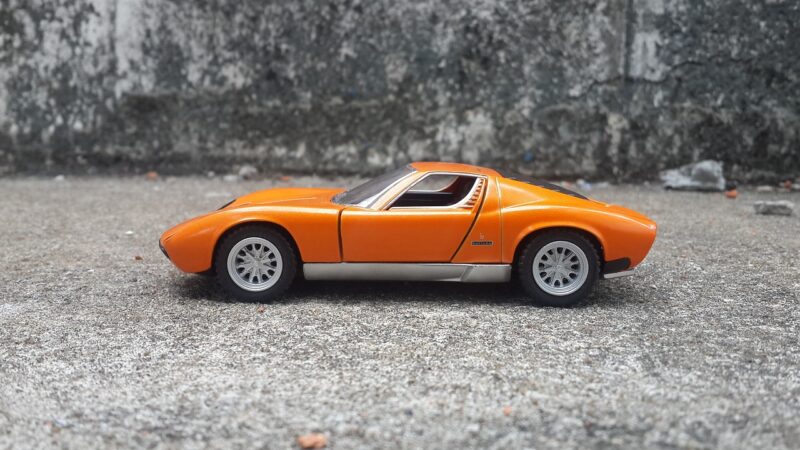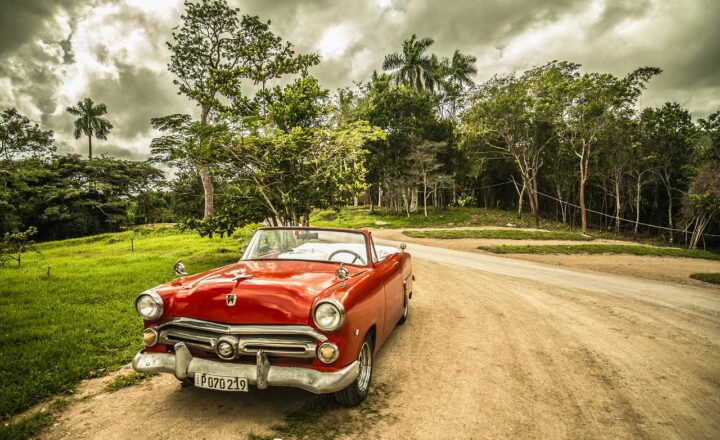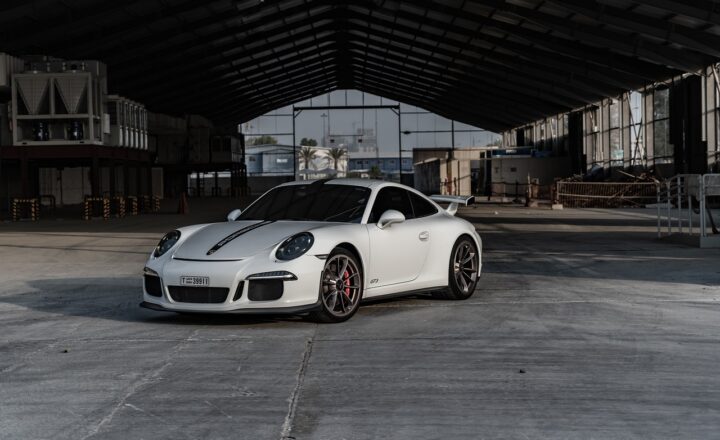The Rise of the Lamborghini Miura: How It Became the First True Supercar
November 13, 2024

The Lamborghini Miura is not just a car; it’s an icon that redefined automobile engineering and performance in the automotive world. Introduced in 1966, the Miura was a groundbreaking venture for Automobili Lamborghini, a brand that had only just begun to make its mark. Today, it stands as a testament to innovation and passion—a true supercar that laid the foundation for everything that followed.
1. The Birth of a Dream: Ferruccio Lamborghini’s Vision
Ferruccio Lamborghini, a successful tractor manufacturer, had a passion for fast cars. He famously owned several Ferraris but was disappointed with the reliability and performance of these machines. Driven by a desire to create a superior sports car, Lamborghini decided to build his own vehicle. The goal was clear: achieve engineering perfection while providing luxury and style.
This ambition led to the formation of Automobili Lamborghini in 1963, situated in Sant’Agata Bolognese, Italy. The first product, the Lamborghini 350 GT, was a favorable start, but it was the Miura that would become the brand’s flagship model, captivating car lovers around the world.
2. The Design: A Masterpiece of Aesthetics and Aerodynamics
The Miura’s design is often attributed to Marcello Gandini, a young designer working for Bertone at the time. His vision was revolutionary. Unlike conventional grand tourers, the Miura featured a low, wide silhouette and sleek lines that screamed performance.
One of the most notable design elements was its mid-engine layout, which not only provided better weight distribution but also improved handling. The car’s engine was mounted horizontally, providing a compact structure while still delivering an impressive 350 horsepower from its 3.9L V12 engine. The innovative design was not just functional—it was art.
3. Performance: Setting New Standards
With speeds reaching 170 mph and a 0 to 60 mph time of only 6.7 seconds, the Miura made waves in the automotive industry. It was the fastest production car of its time, earning it the title of the first true supercar. Enthusiasts and critics alike were taken aback by its performance, which seemed to defy physics.
This achievement was remarkable, especially when considering the technological limitations of the 1960s. Engineers carefully engineered the car to balance power and driving dynamics, creating a vehicle that was both thrilling and manageable on the road.
4. A Cultural Phenomenon: The Miura in Popular Media
The Lamborghini Miura quickly transcended its role as a mere automobile to become a cultural symbol. It made appearances in popular films such as the 1969 classic “The Italian Job,” where it famously showcased the car’s stunning performance through the streets of Turin.
Its alluring design and remarkable speed captured the imagination of car enthusiasts and the general public alike, firmly placing the Miura in the pantheon of automotive legends. The car’s status was also buoyed by its celebrity ownership, with stars like Frank Sinatra and Rod Stewart adding to its allure.
5. The End of an Era: Production and Legacy
Despite its success, production of the Miura was limited, with only around 7,000 units produced from 1966 to 1972. This exclusivity has turned them into some of the most sought-after vintage cars in the collector’s market today. The Miura’s production ended as Lamborghini pivoted towards other models such as the Jalpa and the Countach, but its influence has persisted.
The Miura laid the groundwork for future supercars, proving that a combination of stunning aesthetics, engineering excellence, and exhilarating performance could be achieved. Many automotive brands followed Lamborghini’s lead in the creation of flagship models that would push the boundaries of performance and style.
6. The Miura: A Timeless Icon
Today, the Lamborghini Miura is celebrated not just as an early supercar but as a piece of automotive art. It has a dedicated following, with collectors and enthusiasts willing to invest large sums of money to own one of these masterpieces. Auctions frequently feature Miuras fetching prices that reflect their legendary status.
Its timeless design continues to inspire modern supercar creators, serving as a reminder of what can be achieved when passion and engineering collide. The Miura’s influence is evident in the Lamborghini brand today, where the spirit of innovation, performance, and stunning design carries on.
Conclusion
The Lamborghini Miura is much more than an exceptional automobile; it is a landmark in the history of automobiles that set the standard for performance and luxury. It embodies the ambition of Ferruccio Lamborghini to create a car that was not just fast, but also beautifully crafted.
In the annals of automotive history, the Miura will always be remembered as the first true supercar, a title it holds with pride. As technology continues to evolve, and as new supercars come into play, the legacy of the Miura will remain unassailable, and its reputation will continue to inspire generations of car enthusiasts worldwide.







